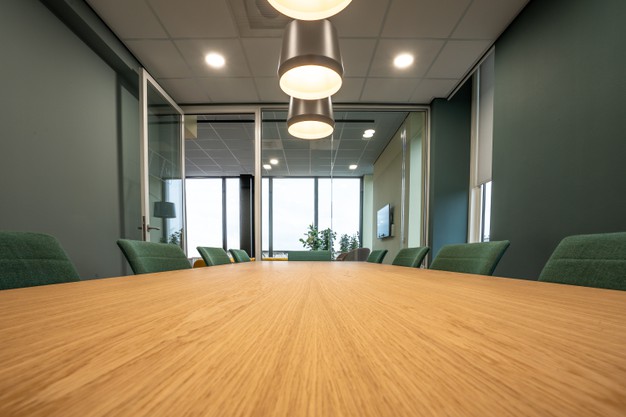Blog
Change the Lights in Your Workplace and Say No to Bad Mood for Good
Do you always
feel the Monday blues every time you are in the office because of the lights?
Well, don’t worry
because you are definitely not alone. In fact, many employees are not really satisfied
with the lighting in their offices. It only means that the problem is not a
matter of personal taste but more of a daily ergonomics problem.
The Big Role of Lighting
Lighting is
regarded as among the most crucial factors when it comes to ergonomics.
However, this is usually one aspect of office design that is sacrificed,
rushed, or overlooked. After some time, you will notice the frustration of your
employees as they use their own floor lamps and table lights just to get the
right blend of less corporate ambiance and visual accuracy. Some might even go
to the extent of taping shipping boxes together just to reduce the screen glare
from overhead fluorescent lights or loft windows.
Everyone knows
how dim lighting can cause headaches and eye strain, lower productivity, and
result in employee fatigue. Aside from that, dim lights might also lead to lack
of focus or drowsiness.
Harsh lighting is
an even more common culprit. This is equally dangerous as dim lighting and can
also cause eye strain or trigger migraine headaches.
A person’s
cortisol levels can have a signicant drop under poor or artificial lighting
conditions. This means that you will feel more stressed out with reduced
ability of stabilizing your energy levels.
Good thing that
there are several things that can be done to address bad lighting.
Go Au Natural
Windows can
determine the level of satisfaction of an employee with a building or office.
Natural lighting will not just affect how well you can see but also boosts
hormonal balance, energy level, and mood. It also reduces absenteeism because
of less work fatigue and fewer illnesses that means employees enjoy more time
to recharge their bodies.
Lessen That Irritating Glare
For laptop or
desktop work, it is best to use properly distributed diffuse light. There will
be fewer glare surfaces or hot spots in the employees’ line of vision. The
contrasts formed by object shapes will be softer as well. A good design trick
to try is the use of matte and light paint finishes and colors on walls. These
can reflect indirect lighting and reduce contrast and dark shadows.
Go for Smarter Light Bulbs and Lamps
Lamps can offer
indirect lighting and lessen the glare while lights on dimmer switches provide
more control on what type of lighting is suitable for the room. There are also
daylight bulbs that can mimic natural lighting. It is highly recommended to
install lights parallel to workspaces and windows to create the perfect balance
between artificial and natural light and avoid glare and shadows.
Task lights can
also be used closer to work desks instead of using overhead lighting throughout
the day to lower the energy consumption in your office.
If you haven’t
been considering relamping your office or business, now might be the perfect
time to do with the help of Courtesy Building Services, Inc.
